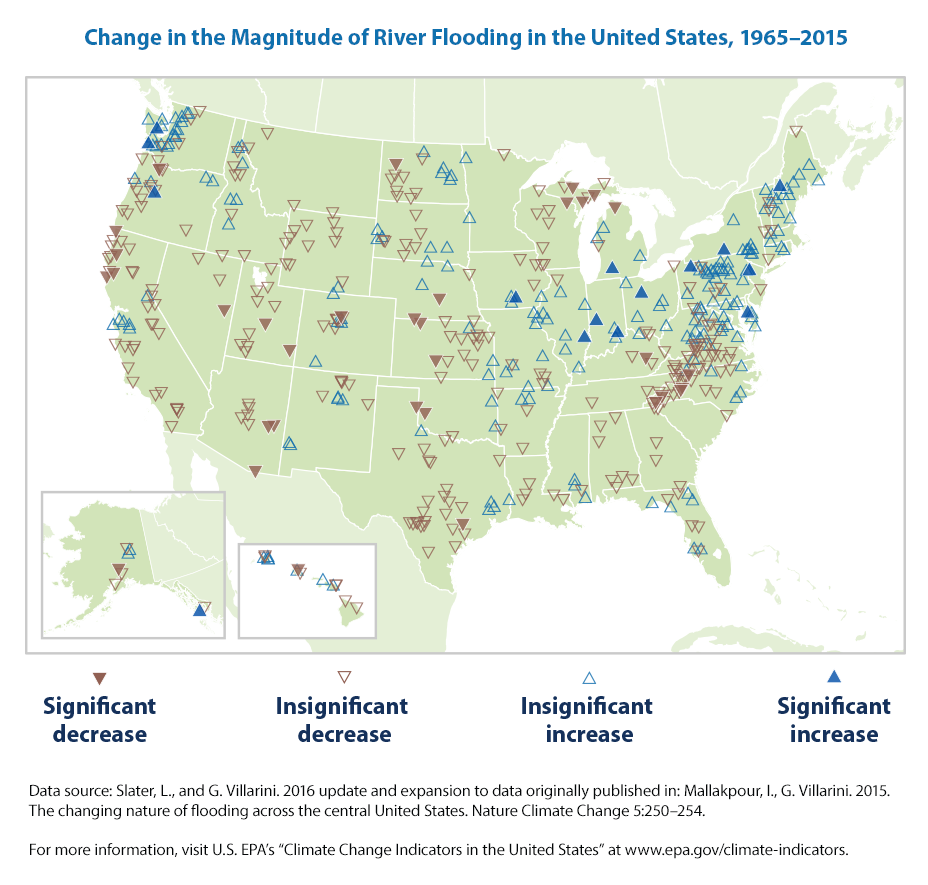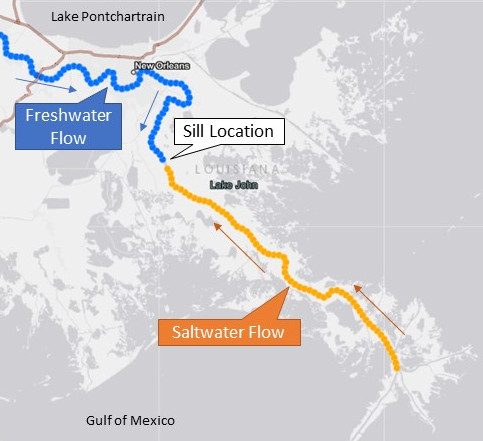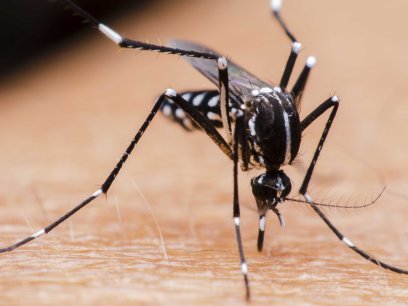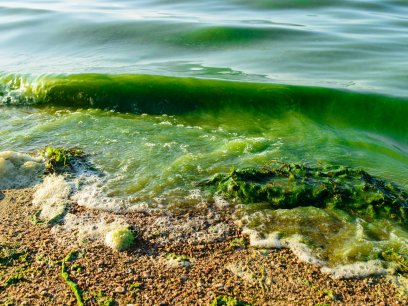
A changing climate impacts the quality and quantity of water in US rivers. Observed and projected changes in precipitation intensity, groundwater runoff, flooding, fires, sea level rise, droughts, and seasonal conditions invariably affect regional water resources and impact energy production, infrastructure, human health, agriculture, and ecosystems.
Rivers are an important component of our water system. Less than one percent of the water on Earth is available for human use. It starts out as rain or snow that melts and flows through rivers to lakes or into underground aquifers. In addition to the groundwater we rely on for day-to-day household uses like cooking, bathing, or brushing our teeth, water from rivers is used to grow our food, manufacture goods, and produce energy.
River flooding is one of the more than 50 climate change indicators that the US Environmental Protection Agency (EPA) has identified to examine the impacts of climate change on people and the environment. The EPA is monitoring changes in the size and frequency of inland river flood events in the United States.
Climate change may cause changes in flood patterns due to warmer temperatures, shifts in the size and frequency of heavy precipitation events, and changes in snowpack levels. In fact, these shifts are already occurring. The below map shows changes in the size of flooding events in rivers and streams between 1965 and 2015.

Source: EPA
The effects of climate change may threaten river ecosystems by reducing water quality. Rising air temperatures also warm the water in freshwater systems, which decreases the amount of cold-water habitat for plants and animals, reducing biodiversity. This process can also create dead zones with toxic algal blooms or increase disease outbreaks through the spread of water-borne bacteria.
Regional Impacts on US Rivers
The impacts of climate change on rivers and our water supply are being felt in different ways across the country.
Northeast and Midwest
In the Northeast and Midwest, increases in heavy downpours adds to the amount of soil, nutrients, trash, animal waste, and other pollutants washed into rivers, making the water unusable, unsafe, or in need of treatment.
Coastal and Island Regions
In coastal and island regions, salt water can move into freshwater supplies due to sea level rise. The movement of salt water upstream not only impacts the river ecosystem and its natural inhabitants but may also jeopardize drinking water supplies, forcing water managers to find alternate sources of fresh water or to purchase equipment to remove the salt from the water.
Southwest and West
The Southwest and West have seen less rain and an increase in the severity and length of droughts over the past 50 years. With this trend expected to continue and intensify over the next century, the amount of fresh water available for recreation and drinking will also decrease. These effects are already being felt; a 2023 study found that from 2000 to 2021, climate change caused the loss of more than 10 trillion gallons of water (about equal to the entire storage capacity of Lake Mead) in the Colorado River Basin.
Northwest
The Northwest depends on melting snowpack to feed streams and rivers in the late spring and summer, when there is typically little rainfall in the region. Higher temperatures will threaten this natural storage and alter the timing of runoff and the amount of water available in streams and rivers—this water is needed to produce energy through hydroelectric power plants.
The Mississippi River, Saltwater Intrusion, and New Orleans’ Water Supply
The Mississippi River is one of the world’s longest and most commercially important river systems, running north-to-south from Minnesota to Louisiana. Communities up and down the river rely on it for fresh water. Recently, drought conditions to the north threatened the municipal water supply serving the New Orleans metropolitan area by worsening a process called saltwater intrusion.
While the flow of the Mississippi River normally provides enough pressure to keep saltwater from the Gulf of Mexico at bay, historically low water levels in the river due to drought have caused problems. Low water levels allow the “wedge” of heavier saltwater from the Gulf that commonly occurs at the delta of the river to push upriver and inland, affecting local drinking water. High levels of salt in tap water can make it unsafe to consume.
In 2023, people living in Plaquemines Parish in Louisiana didn’t have safe drinking water for several months due to saltwater intrusion. The Army Corps of Engineers ultimately constructed an underwater sill—a levee at the bottom of the river—to slow the advance of the wedge. While the situation initially appeared dire for New Orleans residents as well, increased river flows from better-than-forecast rainfall ultimately kept the salty water away from the city’s water treatment facilities.

Source: US Army Corps of Engineers
Saltwater intrusion is expected to be a growing challenge as climate change continues to contribute to drought conditions and rising sea levels. Water utilities may need to increase treatment or find alternative sources of fresh water.
Take Action to Protect Fresh Water from Climate Change
With the impacts of a changing climate threatening river water supplies, it is important to ensure that rivers and wetland areas are healthy enough to trap floodwaters, retain moisture during droughts, recharge groundwater supplies, filter pollution, and provide habitat for fish and wildlife.
Learn more about rivers and the impacts of climate change:
- EPA Freshwater Explorer: Access this interactive web-based mapping tool to better understand national and local water quality issues.
- US Geological Survey Science In Your Watershed: This website provides scientific information including real-time streamflow and water quality samples, organized on a watershed basis.
- EPA Ecosystem Protection Strategies for Climate Change: Review strategies and actions identified by EPA as having the potential to be used for climate adaptation, including for issues impacting water sources such as flooding, saltwater intrusion, and sea level rise.
Here are some simple steps you can take to help reduce climate change’s impact on water resources:
- Conserve water. You can reduce water use in your home and yard by repairing toilet or faucet leaks, choosing WaterSense-labeled products, taking shorter showers, and only running your dishwasher when it is full.
- Reduce runoff. You can help reduce nutrient pollution by only using fertilizers in your yard when necessary and cleaning up pet waste.
- Create a water-wise landscape. Choose the right types of plants for your yard such as native or drought-resistant vegetation, install efficient irrigation systems, and mulch instead of bagging your lawn clippings.


